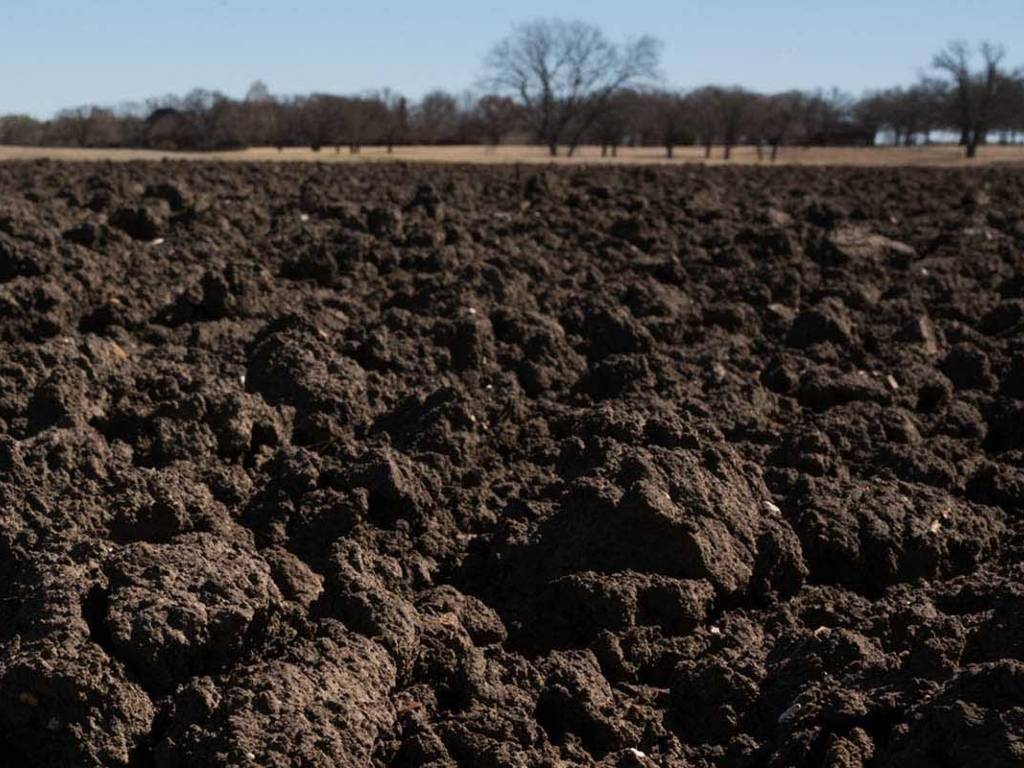
According to a study done in India's trans-Himalayan region, antibiotics used on livestock can affect soil microbes and adversely affect soil carbon, decreasing resilience to climate change.
According to the Food and Agriculture Agency of the United Nations, maintaining soil organic carbon can counteract human-caused greenhouse gas emissions and reduce global warming, land degradation, and hunger.
The Spiti valley in India's Himalayan state of Himachal Pradesh has native herbivores like yak, bharal (blue sheep), kiang (wild ass), and ibex that are better for soil carbon than livestock like cattle, goats, sheep, and horses.
The study's findings were published in February in the journal Global Change Biology. As per the research, microbial carbon use efficiency was 19 percent lower in soils with livestock.
The scientists put up 30 fenced, paired plots for native herbivores and cattle, and they investigated how those two groups differed in their effects on the soil carbon from 2005 to 2016. A secondary goal was to compare the effects of livestock grazing and natural herbivore grazing on plants and microbes.
The study's supporting data suggested a connection between veterinary antibiotic use and a decrease in soil microbial population. According to the research, conserving native herbivores and managing livestock more effectively can significantly increase soil carbon stewardship and help achieve natural climate change solutions.
The research assessed elements that affect the quantity and quality of soil carbon, including dead plant matter, microbial biomass, microbial community composition, and traces of veterinary antibiotics.
Tetracycline-type antibiotics were discovered to be commonly administered to livestock in Spiti. Vet care for native herbivores like yaks, however, was scarce and virtually nonexistent for ibex and bharal.
Soil testing revealed that areas with only cattle grazing had nearly three times the amount of tetracycline residue as areas with native herbivores. According to soil analysis, excluding grazing animals caused the antibiotic residue in fenced plots to decrease, with the reduction being highest in the plots with livestock.
















